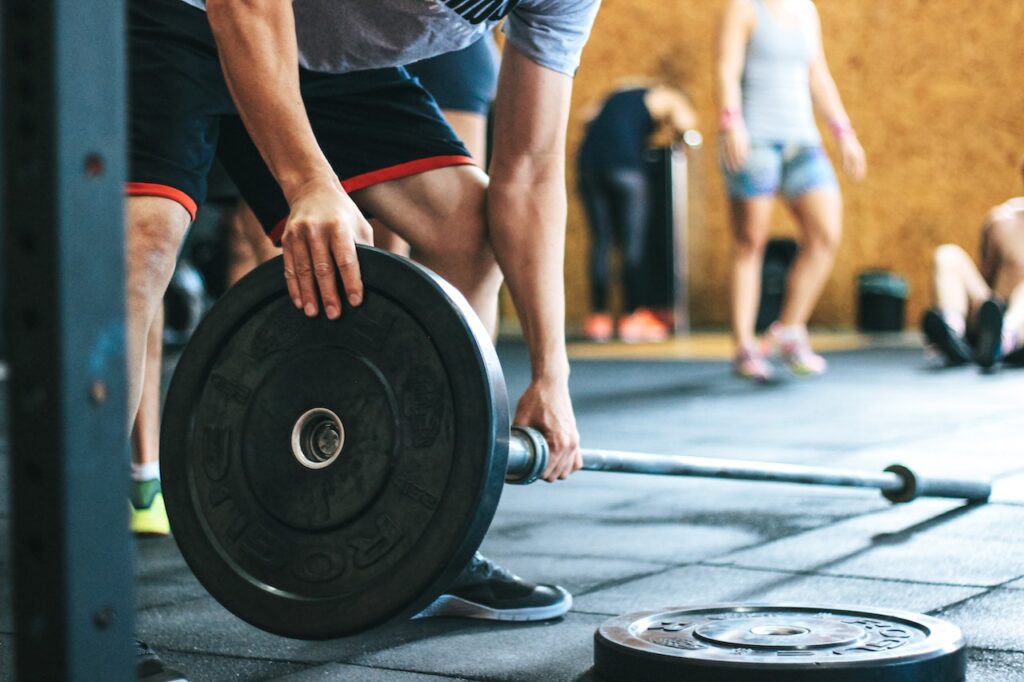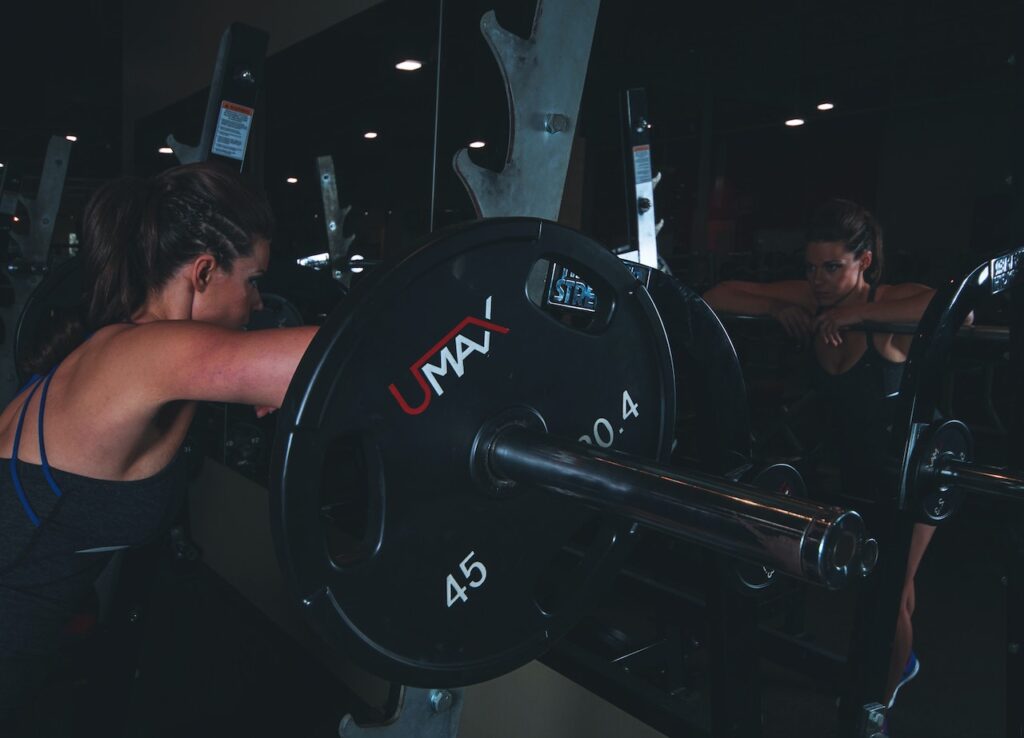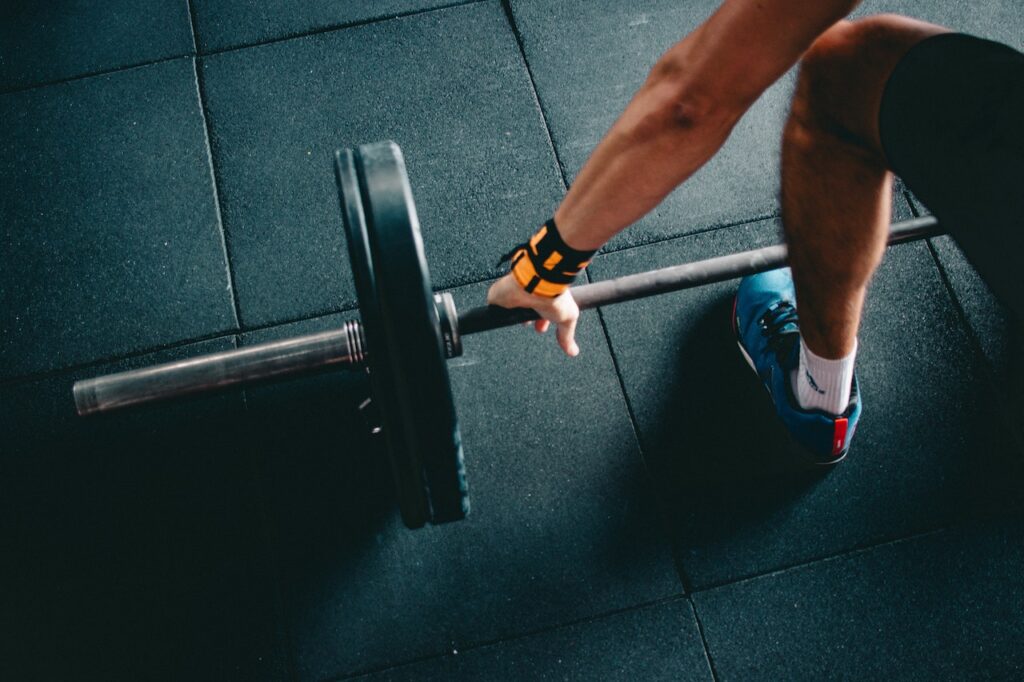Understanding Your Home Gym Equipment
Before diving headfirst into your new workout routine, it’s essential to familiarize yourself with your home gym equipment. Whether it’s resistance bands, dumbbells, barbells, cardio machines, or any other fitness accessories, knowledge is your first line of defense against potential injuries.
Start by reading the user manuals that come with your equipment. They contain important information about the correct usage and safety precautions. You can also explore online tutorials or seek advice from fitness experts to understand the function of each piece of equipment. Remember, every piece of fitness equipment has its quirks, and being aware of these can significantly reduce the risk of accidents.

Exercise Form and Technique
Another crucial aspect of home gym safety revolves around the proper exercise form and technique. Performing exercises in the right manner is not only important for maximizing your muscle gain or weight loss but also for preventing injuries.
For strength training exercises, such as weightlifting with dumbbells or barbells, make sure your body alignment is correct. Pay attention to your stance, grip, and the way you lift and lower the weights. For cardiovascular exercises, like using a treadmill or a stationary bike, ensure that your posture is correct.
Remember, rushing through exercises or performing them with incorrect form can lead to strains, sprains, and other unwanted injuries. If you’re new to exercising, consider consulting with a personal trainer or use fitness apps and online workout programs to guide you through the proper techniques.
Fitness Equipment Maintenance
The longevity and safe use of your home gym equipment significantly depend on how well you maintain them. Regular maintenance and cleaning not only keep your equipment functioning optimally but also prevent accidents caused by equipment malfunction.
Make a routine to inspect your equipment regularly. Check for any signs of wear and tear, especially on weightlifting equipment, where a snap or break can lead to serious injuries. For cardio machines, ensure they are functioning smoothly and the safety features are working properly.
With resistance bands, check for any tears or rips that could cause the band to snap during a workout. Dumbbells, barbells, and weight plates should be stored properly to prevent tripping hazards. Following a regular maintenance routine can significantly enhance your safety and the lifespan of your home gym equipment.
By understanding these essential safety tips, you can ensure a safer, more effective workout session in your home gym. Always remember, safety first! The goal is to stay fit, healthy, and injury-free as you embark on your fitness journey.

Space-Saving Solutions and Safety
Designing a home gym in a small space can be a challenging task. However, with the right space-saving solutions, you can create a safe and effective workout area. One key idea is to opt for multi-functional, compact home gym equipment that can be easily stored away when not in use. This could include adjustable dumbbells, resistance bands, or foldable cardio machines.
In a compact space, safety becomes even more critical. Ensure there’s sufficient room around your exercise area to avoid hitting furniture or walls, and always keep your equipment neatly organized. Storing weight plates, barbells, and dumbbells properly can prevent tripping hazards and keep your workout space clear and accessible.
Limited space? Check out our clever space-saving ideas for your home gym.

Injury Prevention
An integral part of home gym safety is injury prevention. You can reduce the risk of injuries by incorporating a few key practices into your workout routine.
First, always start your workout with a warm-up. This prepares your body for the upcoming exercise, increases your heart rate and circulation, and helps to reduce muscle stiffness. Second, including stretching exercises in your routine can improve your flexibility and joint mobility, thereby reducing the risk of strains and sprains.
Additionally, pace your workouts. Increase the intensity or duration of your exercises gradually. A sudden increase can put undue stress on your body and lead to injuries.
Motivation and Goal Setting
When setting your fitness goals, it’s crucial to remember that your safety should never be compromised to achieve them quicker. Setting realistic and manageable goals can help you stay motivated without risking injury from overexertion.
Listen to your body, and understand that progress takes time. If you experience pain or discomfort during an exercise, it’s better to rest and recover than push through. Fitness is a journey, not a race. Motivation and goal setting should inspire you to maintain good exercise habits, proper form, and technique, and adhere to safety guidelines.

Conclusion
Setting up a home gym and maintaining a consistent workout routine is a significant step towards a healthier lifestyle. However, ensuring safety while using home gym equipment is just as crucial. By understanding your equipment, maintaining proper exercise form and technique, keeping your equipment well-maintained, and setting realistic fitness goals, you can prevent injuries and make your workout sessions safer and more effective.
Always remember that fitness is a journey that requires patience, consistency, and above all, safety. So, gear up, stay safe, and embark on your fitness journey with confidence and peace of mind. Happy and safe exercising!
